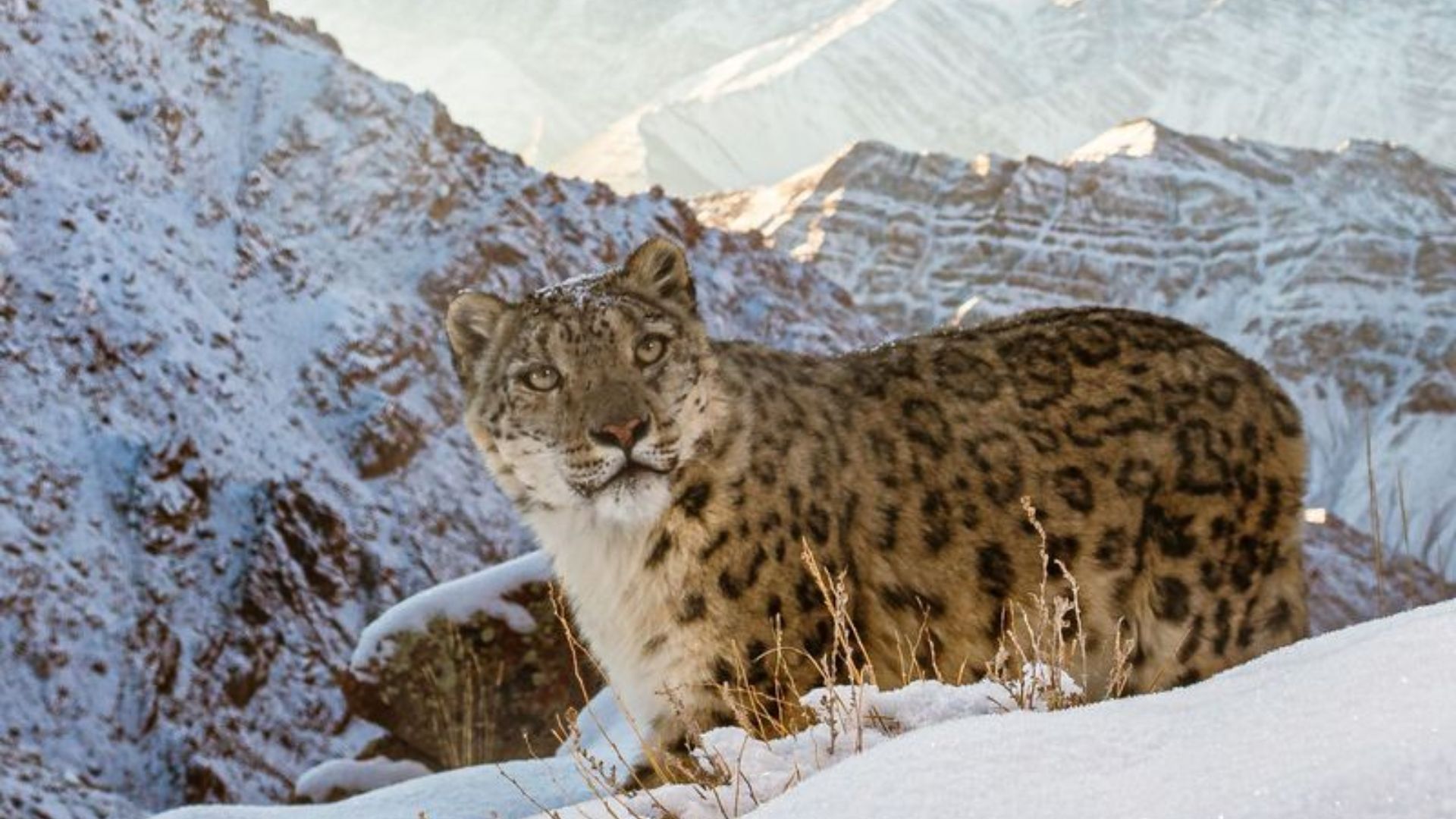Explore a world of bizarre and little-known creatures across different countries. This journey will take you through remote landscapes and hidden habitats, revealing the unique and sometimes mystifying animals that inhabit them.
From the jungles of South America to the deserts of Africa, prepare to be amazed by the diversity and peculiarity of nature’s wonders.
1. Aye-Aye in Madagascar
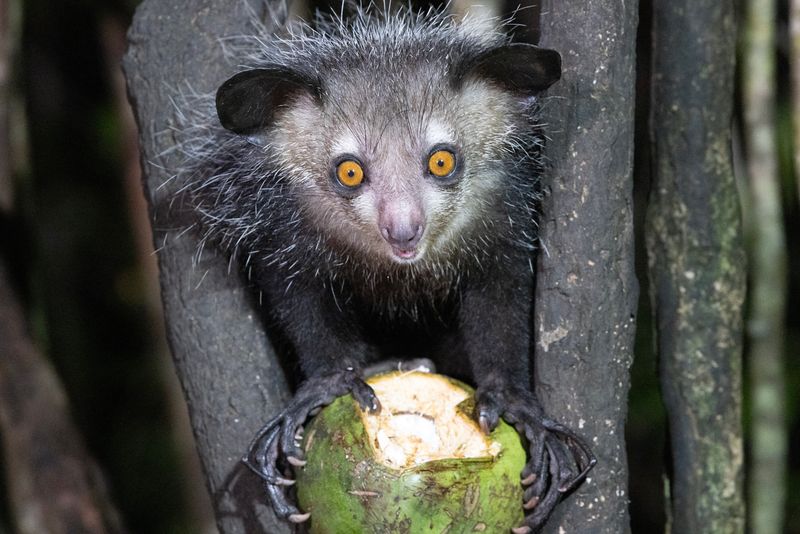
The Aye-Aye is a nocturnal lemur native to Madagascar. Its most distinctive feature is its long, thin middle finger, which it uses to tap on trees to find insects. This unique adaptation makes the Aye-Aye an exceptional forager in the dense rainforests where it resides.
Despite its eerie appearance, the Aye-Aye plays a crucial role in its ecosystem, controlling insect populations. Unfortunately, its unusual looks have led to superstition and fear among local communities, sometimes resulting in harm to these creatures.
Efforts are underway to educate locals about the Aye-Aye’s importance in biodiversity. Conservationists are working tirelessly to protect their habitat, ensuring the survival of these fascinating animals.
2. Saiga Antelope in Kazakhstan
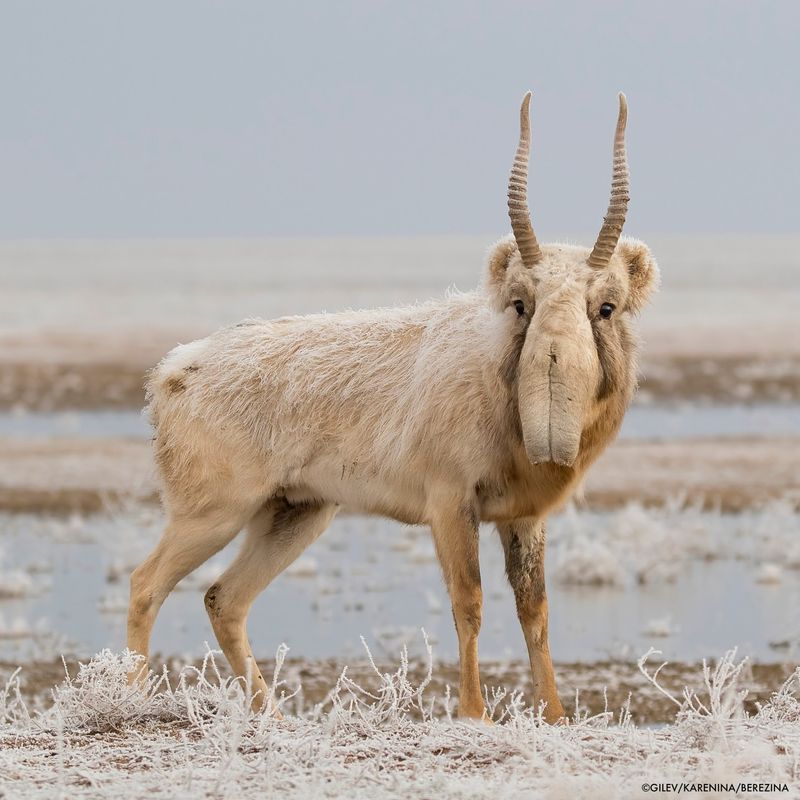
Saiga Antelope are known for their distinctive bulbous noses, which serve as a natural air filter. These unusual creatures roam the expansive steppes of Kazakhstan, adapting to extreme climates.
The Saiga’s unique nose helps regulate their body temperature, an essential adaptation for survival in the harsh steppe environment. Sadly, these antelopes face threats from poaching and habitat loss, putting their populations at risk.
Conservation initiatives are focused on protecting the Saiga’s natural habitat and curbing illegal hunting. Support from local communities is crucial to these efforts, ensuring the survival of this extraordinary species.
3. Tarsier in the Philippines
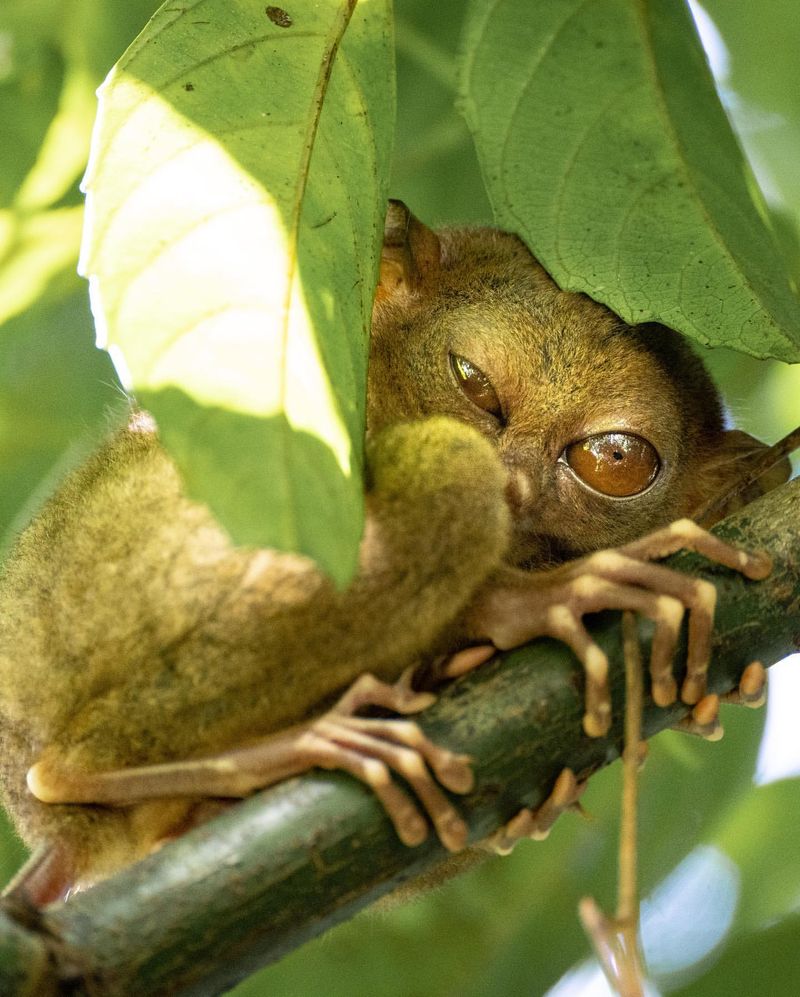
The Tarsier is a small primate found in the Philippines, renowned for its enormous eyes and tiny body. As a nocturnal animal, its large eyes provide excellent night vision, essential for hunting insects in the dense jungle.
These creatures have elongated fingers, aiding them in gripping branches as they leap from tree to tree. Despite their endearing appearance, Tarsiers are sensitive to habitat disturbance and face threats from deforestation.
Conservation efforts aim to protect the remaining forested areas and educate locals about the importance of preserving Tarsier habitats. These initiatives are vital for maintaining the delicate balance of the ecosystem and ensuring the survival of this charming primate.
4. Okapi in the Democratic Republic of the Congo
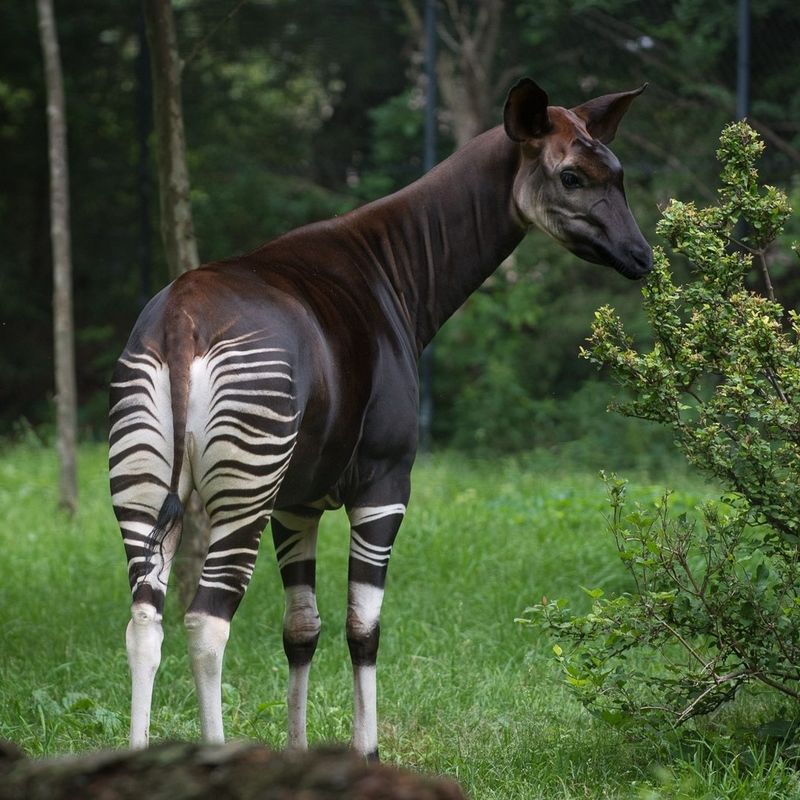
The Okapi, a relative of the giraffe, is native to the dense rainforests of the Democratic Republic of the Congo. With its zebra-like legs and long neck, the Okapi is an elusive and enigmatic creature, often referred to as the “forest giraffe.”
Despite its striking appearance, the Okapi remains well-camouflaged in its forest habitat. Its long tongue allows it to reach and consume a variety of foliage, playing a crucial role in the ecosystem by aiding plant growth.
However, deforestation and poaching pose significant threats to the Okapi’s survival. Conservation programs are essential for preserving its habitat and ensuring the Okapi continues to thrive in its natural environment.
5. Kakapo in New Zealand
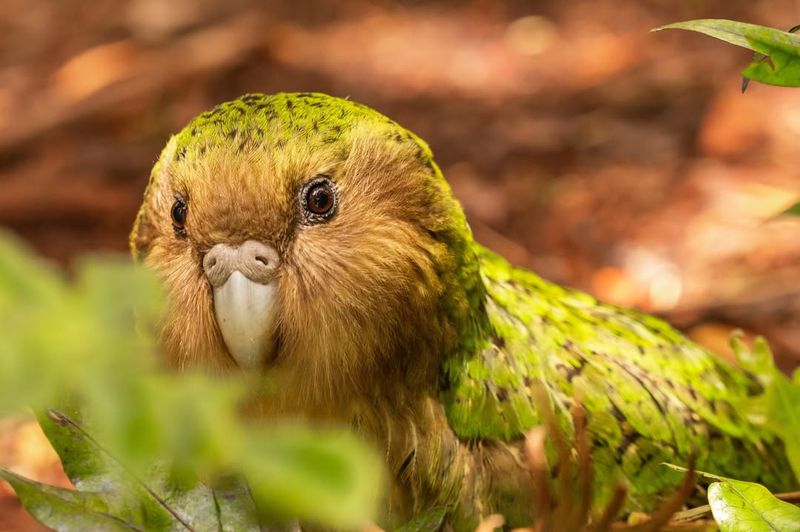
The Kakapo, a large, nocturnal parrot, is native to New Zealand. Known for being flightless, this bird uses its strong legs to climb trees and forage for food at night, relying on its mossy green plumage for camouflage.
Sadly, the Kakapo is critically endangered, with only a small population remaining. Conservationists have implemented intensive management programs, including breeding initiatives and habitat restoration, to save this unique species.
Public awareness and support play a pivotal role in these efforts, ensuring the survival of the Kakapo. Through community engagement, New Zealand continues to work towards preserving its natural heritage and the extraordinary Kakapo.
6. Pangolin in Vietnam
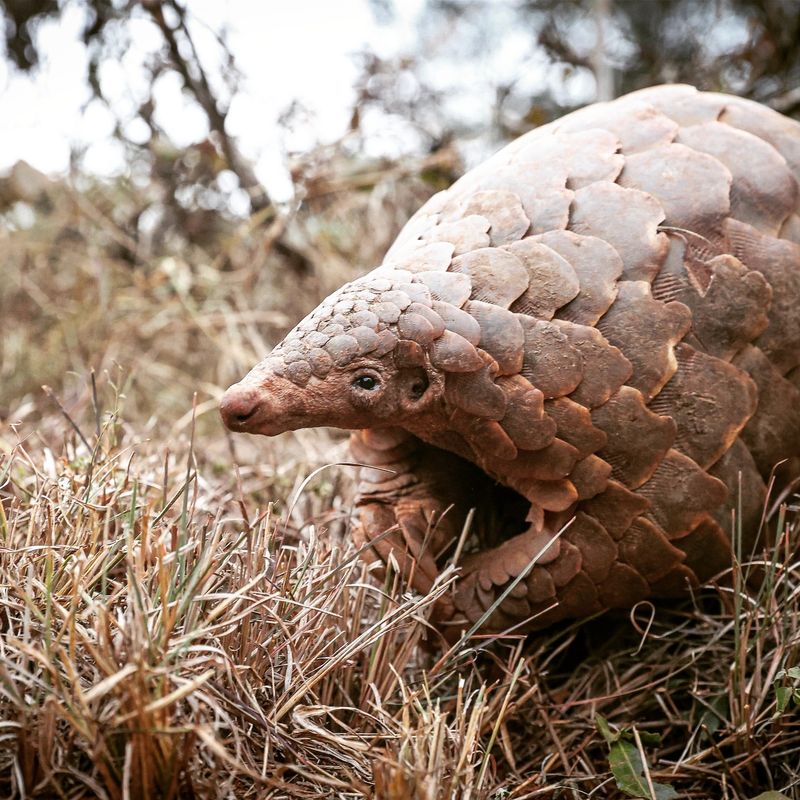
Pangolins, known for their protective scale armor, are found in the forests of Vietnam. These nocturnal creatures roll into a ball when threatened, their scales providing a formidable defense against predators.
Unfortunately, pangolins are heavily trafficked for their scales and meat, making them one of the most endangered animals.
Poaching and habitat destruction are significant threats to their survival. Efforts to combat illegal trafficking and protect pangolin habitats are ongoing. Education and awareness campaigns are essential to prevent further decline, ensuring these unique animals continue to play their role in the ecosystem.
7. Shoebill in Uganda
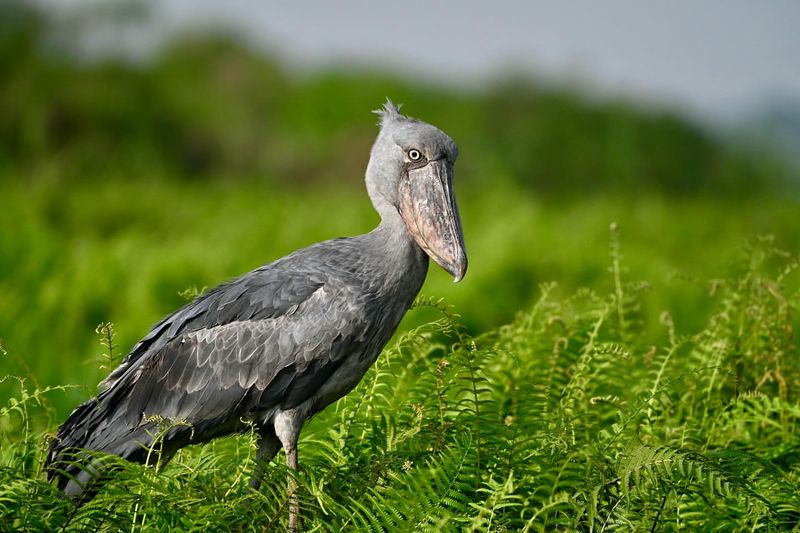
The Shoebill is a large stork-like bird found in the swamps of Uganda. Its massive, shoe-shaped bill is its most distinctive feature, helping it catch fish in the murky waters. Despite its prehistoric appearance, the Shoebill is a master of stealth, standing still for hours before striking its prey.
This patience and precision make it a remarkable hunter. Shoebills face threats from habitat destruction and human disturbance. Conservation efforts focus on protecting wetlands and educating locals about the importance of preserving these habitats, crucial for the Shoebill’s survival.
8. Binturong in Indonesia
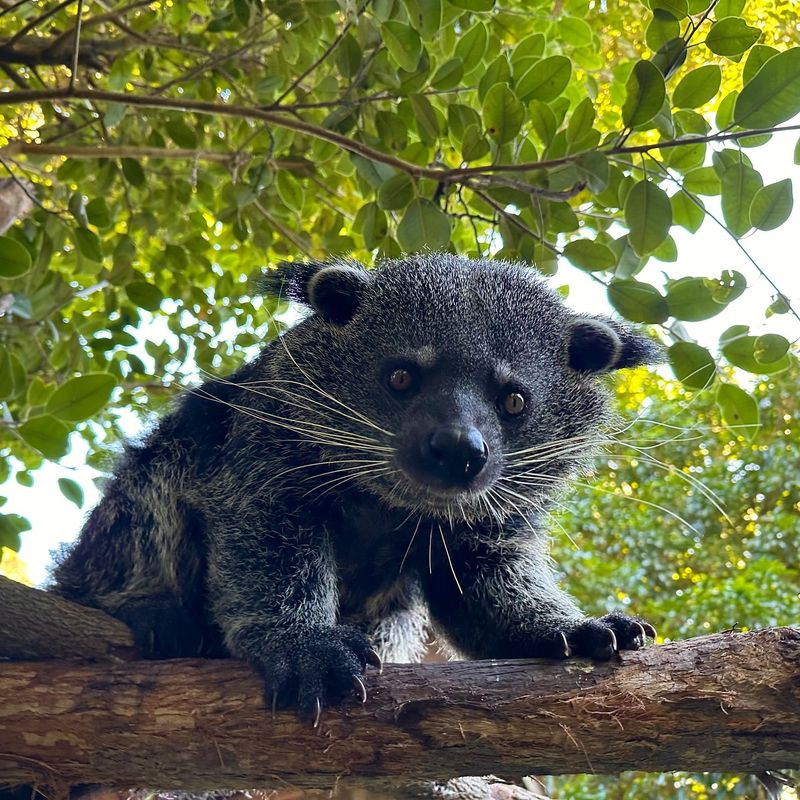
The Binturong, also known as the bearcat, is a unique mammal residing in the rainforests of Indonesia. Its shaggy fur and prehensile tail give it a distinctive appearance, allowing it to navigate the treetops with ease.
This nocturnal creature is known for its popcorn-like scent, an unusual feature that aids in marking territory.
Binturongs play a vital role in seed dispersal, contributing to forest regeneration. Habitat loss and hunting pose significant threats to the Binturong. Conservation initiatives aim to protect their natural habitat and raise awareness about their ecological importance, ensuring these fascinating animals continue to thrive.
9. Axolotl in Mexico
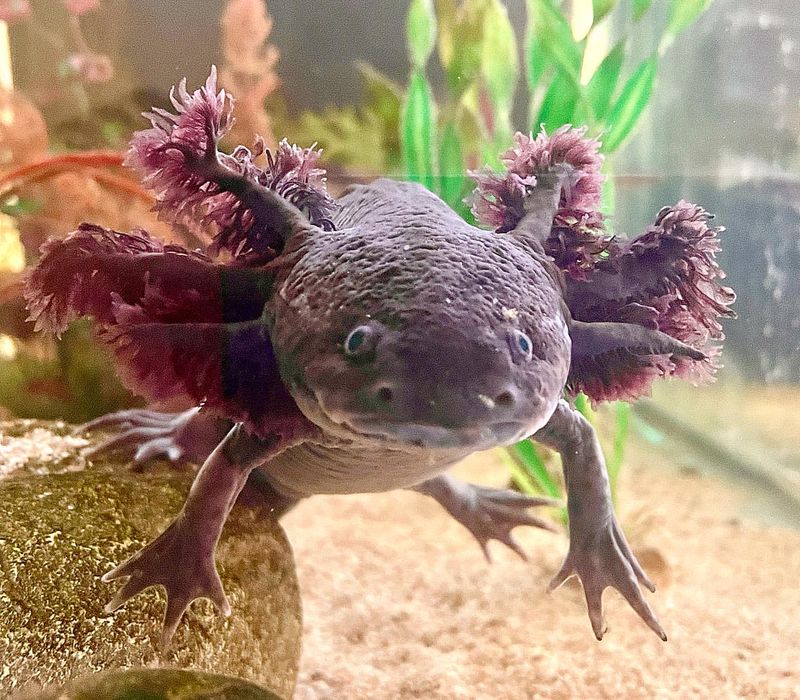
The Axolotl, an aquatic salamander, is native to the lakes of Mexico, particularly in Xochimilco. Known for its regenerative abilities, this creature can regrow limbs, a feature that has fascinated scientists. Axolotls are critically endangered due to habitat loss and pollution.
Their unique appearance, with feathery gills and a perpetual smile, makes them a popular subject of study and conservation. Efforts to protect and restore their natural habitat are crucial for their survival.
Education and captive breeding programs aim to increase awareness and population numbers, highlighting the importance of preserving this remarkable species.
10. Narwhal in Canada
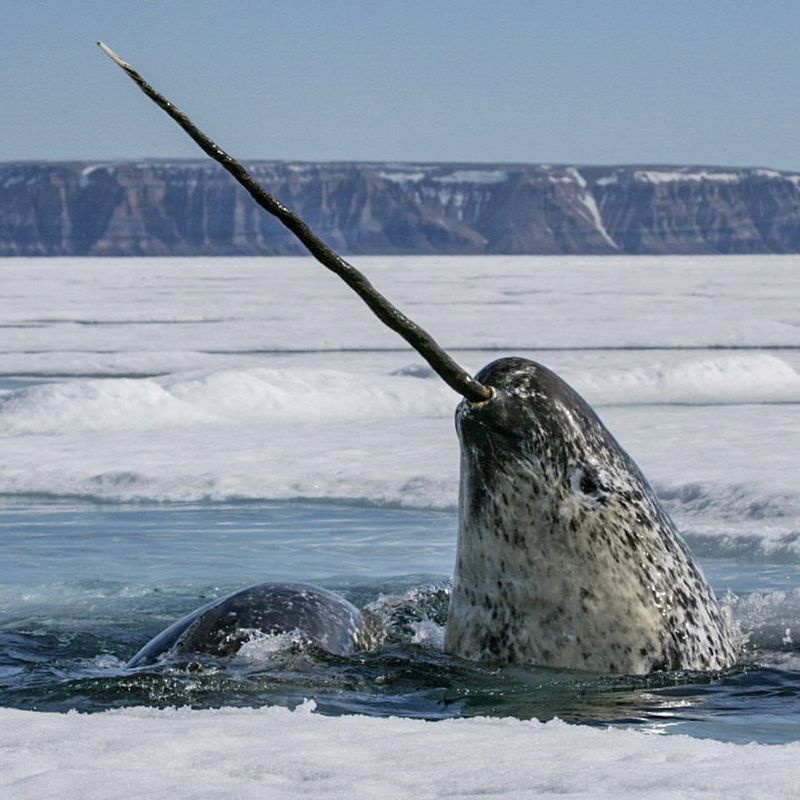
Narwhals, often referred to as the “unicorns of the sea,” are known for their long, spiral tusks. These marine mammals inhabit the icy waters of the Canadian Arctic, adapting to frigid environments.
The tusk, an elongated tooth, is believed to play a role in mating rituals and sensing environmental changes. Narwhals are elusive, navigating their cold habitat with precision and grace.
Climate change and hunting pose threats to Narwhal populations. Conservation efforts focus on understanding their ecology and protecting the fragile Arctic ecosystem, ensuring these mystical creatures continue to thrive.
11. Quokka in Australia
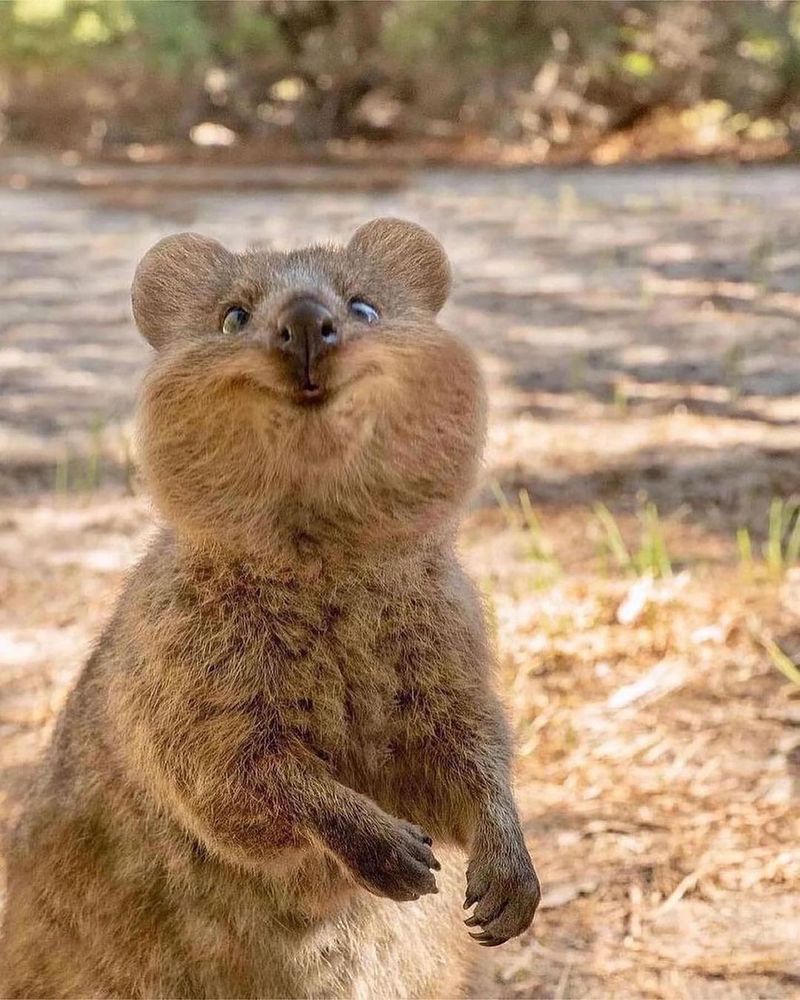
The Quokka, often dubbed the “world’s happiest animal,” is a small marsupial found in Australia. Known for its friendly demeanor and constant smile, the Quokka has become a beloved symbol of Australian wildlife.
These herbivores thrive in shrublands, utilizing their sharp claws to dig for roots and leaves. Quokkas play a role in their ecosystem by contributing to plant growth and seed dispersion. Despite their popularity, Quokkas face challenges from habitat loss and introduced predators.
Conservation programs aim to protect their natural environment and educate the public about the importance of preserving these cheerful creatures.
12. Proboscis Monkey in Borneo
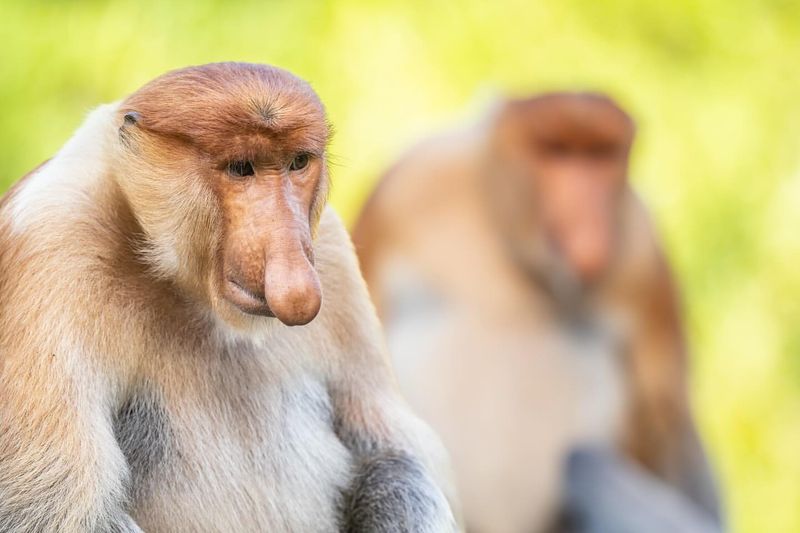
The Proboscis Monkey, indigenous to Borneo, is easily recognized by its large, bulbous nose. This distinctive feature is believed to play a role in attracting mates, adding to the uniqueness of this primate.
Living in mangrove forests and jungles, Proboscis Monkeys are excellent swimmers, often seen leaping into rivers. Their diet consists mainly of leaves, seeds, and fruits, contributing to forest ecology.
Deforestation and habitat fragmentation are significant threats to their survival. Conservation efforts are directed towards preserving habitats and fostering sustainable practices to ensure these remarkable monkeys continue to thrive in the wild.
13. Fossa in Madagascar
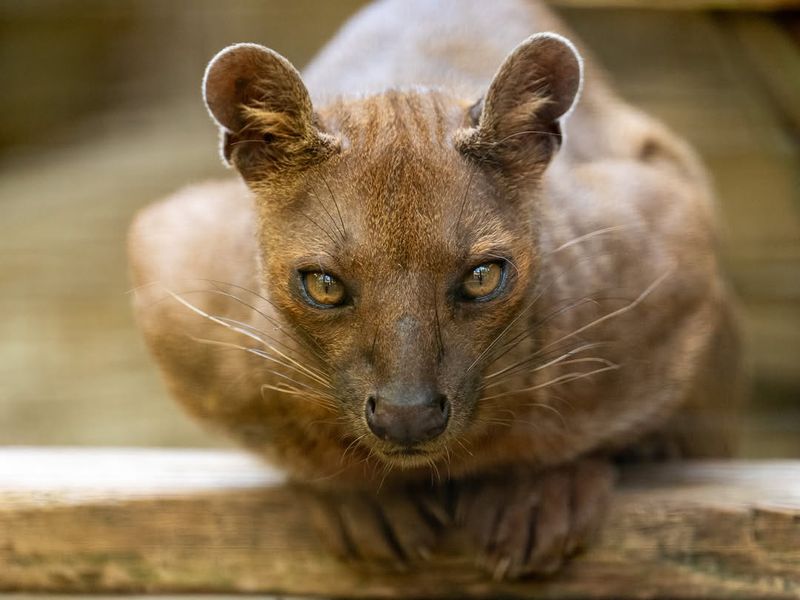
The Fossa, a top predator in Madagascar, resembles a cross between a cat and a mongoose. Its elongated body and retractable claws make it an adept hunter, preying on lemurs and other small animals.
As a solitary creature, the Fossa plays a crucial role in controlling prey populations, maintaining ecological balance. Its agility and stealth allow it to navigate Madagascar’s dense forests effortlessly. Habitat destruction and hunting threaten the Fossa’s survival.
Conservation efforts focus on habitat protection and raising awareness about the Fossa’s ecological importance, ensuring this apex predator continues to roam Madagascar’s wilds.
14. Kiwi in New Zealand
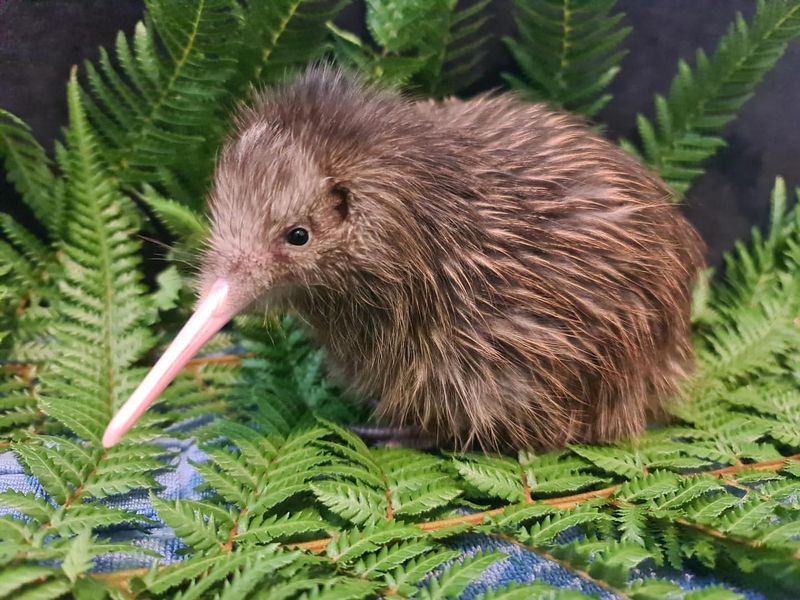
The Kiwi, New Zealand’s iconic bird, is flightless and nocturnal. Its long beak and keen sense of smell help it forage for insects and worms in the forest floor at night. Kiwis are vital to New Zealand’s ecosystem, aiding in soil aeration and seed dispersal.
However, they face threats from introduced predators and habitat loss, which have led to declining populations. Conservation programs are essential for Kiwi survival, including predator control and habitat restoration.
Public involvement and awareness are crucial, ensuring these unique birds continue to thrive and symbolize New Zealand’s natural heritage.
15. Pink Fairy Armadillo in Argentina
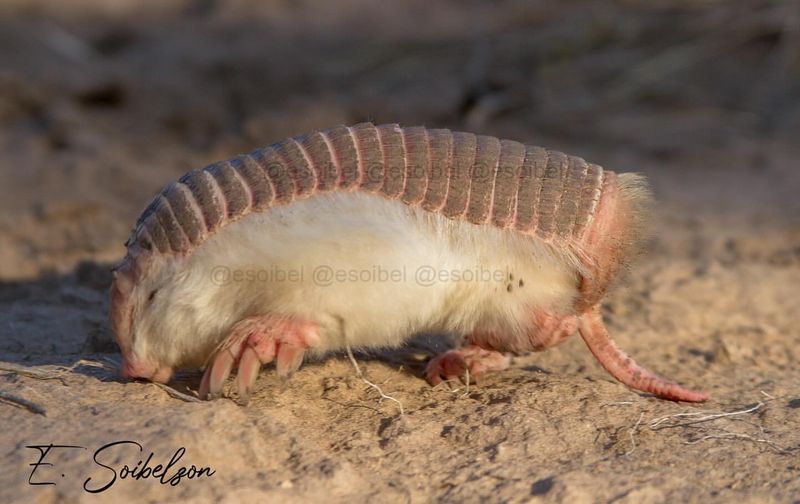
The Pink Fairy Armadillo, native to Argentina, is the smallest species of armadillo. With its pink shell and delicate claws, it is uniquely adapted for burrowing in the dry plains. This elusive creature is rarely seen, spending most of its life underground.
Its burrowing helps aerate the soil, playing a vital role in its ecosystem. The Pink Fairy Armadillo’s limited habitat makes it vulnerable to environmental changes. Efforts to preserve its habitat are crucial, focusing on sustainable land use practices.
Raising awareness of this diminutive armadillo’s ecological significance is key to ensuring its continued existence in Argentina’s wild landscapes.
16. Tasmanian Devil in Tasmania
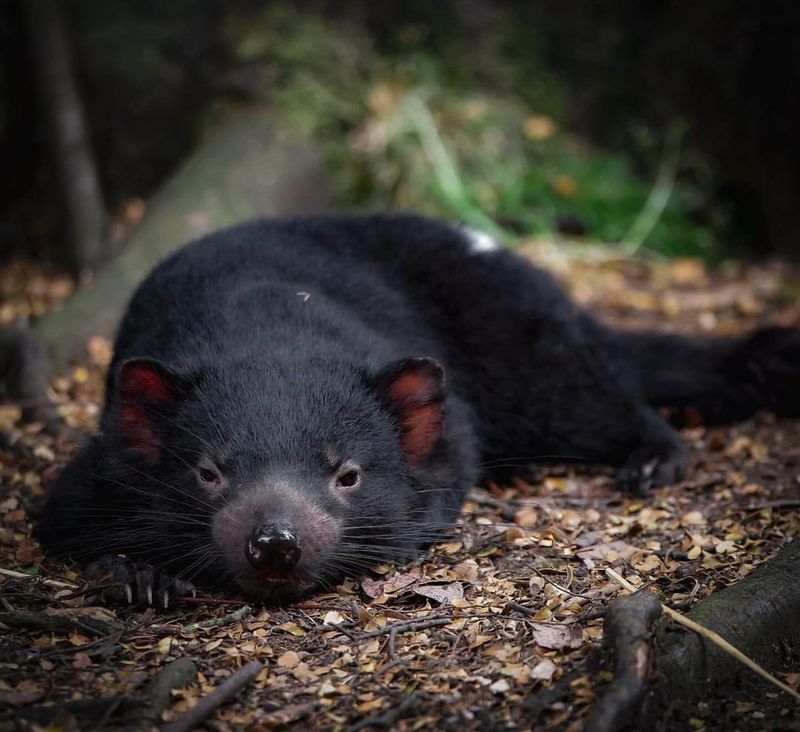
The Tasmanian Devil, known for its fierce growl and sharp teeth, is native to the island of Tasmania. As a carnivorous marsupial, it plays a critical role in scavenging, keeping ecosystems clean.
These nocturnal creatures are threatened by a contagious cancer, which has severely impacted their populations. Conservationists are working tirelessly to combat the disease and preserve their natural habitat.
Public support and scientific research are essential in protecting the Tasmanian Devil. Through community engagement and awareness, Tasmania continues to strive towards securing the future of this iconic and resilient species.
17. Maned Wolf in Brazil
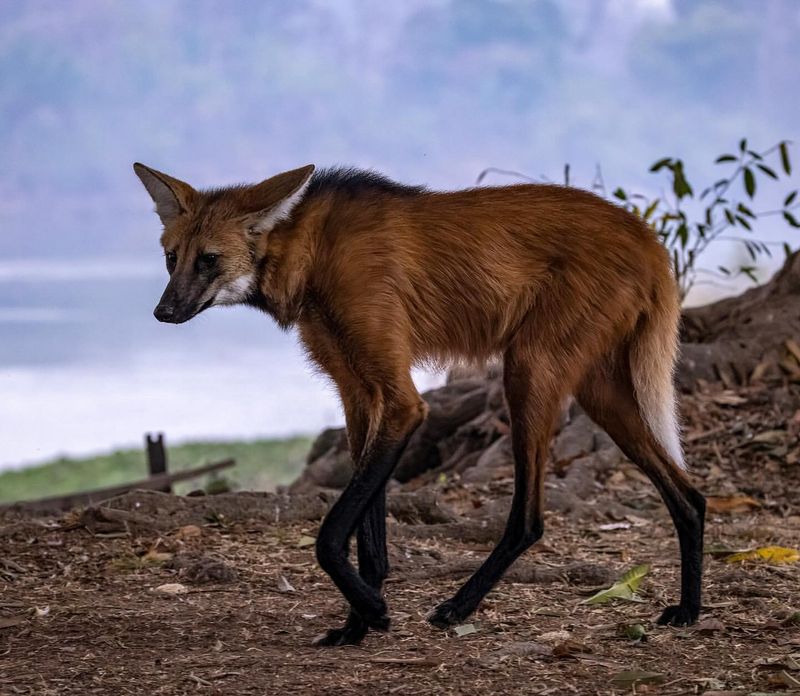
The Maned Wolf, native to the Brazilian savannah, is known for its long legs and distinctive mane. Despite its name, it’s not closely related to wolves and has a unique appearance that sets it apart. This solitary creature is an omnivore, feeding on fruits, small mammals, and birds.
The Maned Wolf plays a crucial role in seed dispersal, contributing to the ecological balance of its habitat. Habitat destruction and road accidents pose significant threats to their survival.
Conservation efforts focus on habitat preservation and fostering coexistence with local communities, ensuring the Maned Wolf continues to thrive in the wild.
18. Gerenuk in Kenya
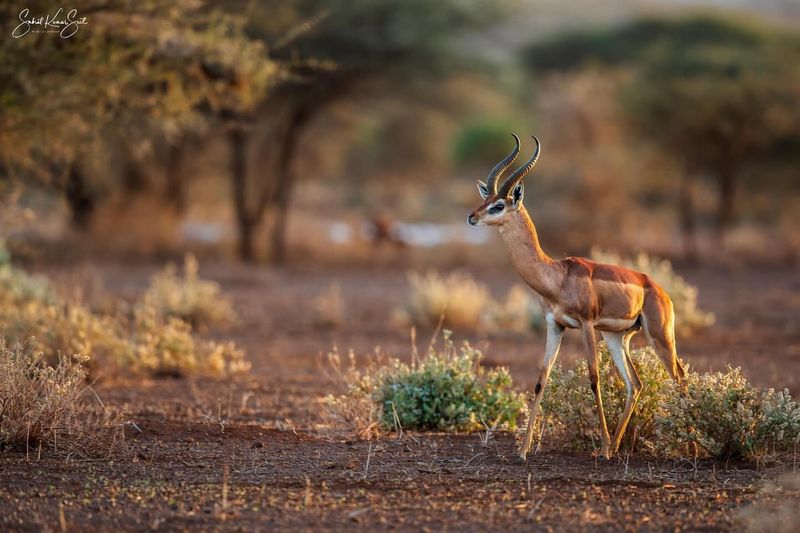
The Gerenuk, often called the “giraffe gazelle,” is a graceful antelope found in Kenya. Its long neck and ability to stand on hind legs allow it to reach higher vegetation, adapting to life in arid regions.
These unique adaptations enable the Gerenuk to thrive in environments with scarce water and food resources. They play a vital role in shaping their habitat, aiding in plant growth and ecosystem diversity. Threats from habitat loss and hunting challenge their populations.
Conservation programs aim to protect their natural environment and educate locals on the Gerenuk’s ecological importance, ensuring their continued presence in Kenya’s savannahs.
19. Platypus in Australia
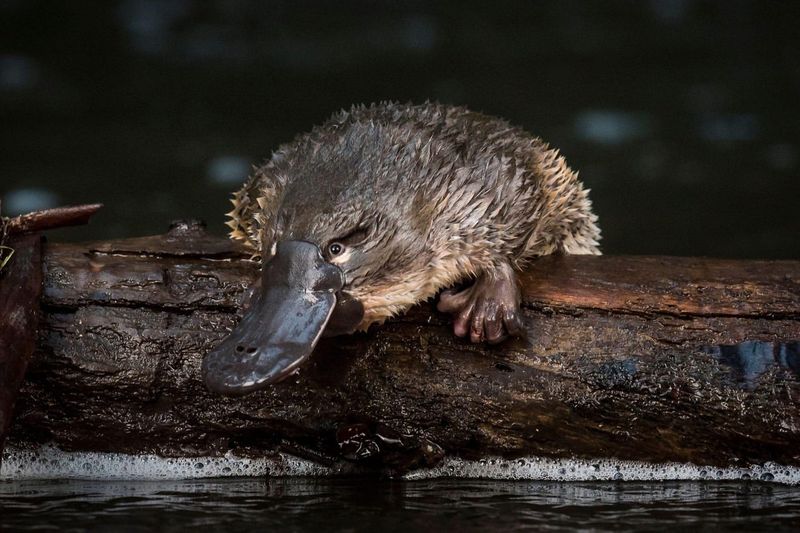
The Platypus, a monotreme native to Australia, is known for its distinct duck-bill and webbed feet. This semi-aquatic creature is an excellent swimmer, foraging for food in rivers and streams. Platypuses are solitary and primarily nocturnal, using electroreception to locate prey underwater.
Their unique biology has fascinated scientists, contributing to our understanding of mammalian evolution. Habitat degradation and water pollution pose threats to Platypus populations.
Conservation efforts focus on protecting freshwater ecosystems and raising public awareness, ensuring that these unique creatures continue to thrive in their natural habitats.
20. Markhor in Pakistan
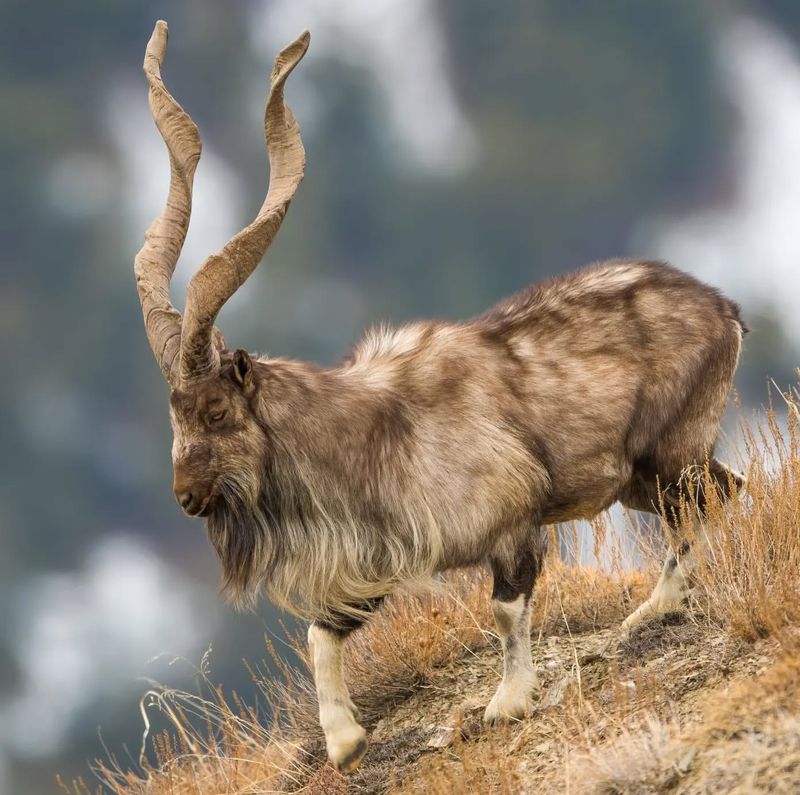
The Markhor, Pakistan’s national animal, is easily recognized by its magnificent twisted horns. These mountain goats inhabit rugged terrains, showcasing agility and resilience in their natural environment. Markhors are herbivorous, feeding on grass, leaves, and shrubs.
Their presence contributes to maintaining the ecological balance by facilitating plant growth and sustaining predator populations.
Despite their majestic appearance, Markhors face threats from poaching and habitat loss. Conservation efforts involve community-based initiatives and anti-poaching measures, ensuring these iconic goats continue to roam the mountainous regions of Pakistan.
21. Fennec Fox in Sahara Desert
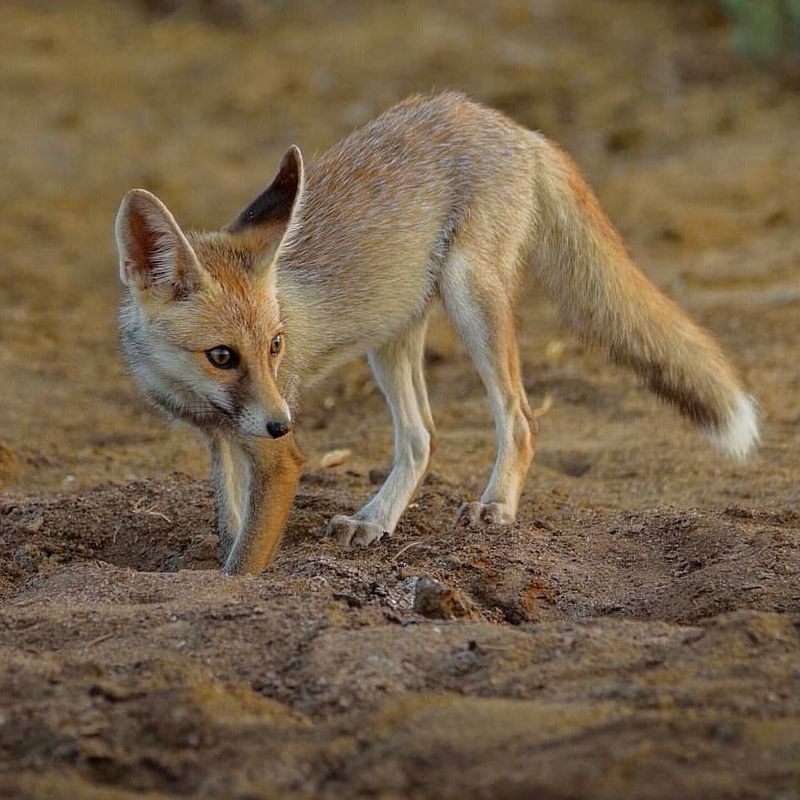
The Fennec Fox, or “desert fox,” is native to the Sahara Desert and known for its large ears. These ears not only aid in dissipating heat but also enhance hearing, allowing the Fennec to detect prey underground.
Adapted to desert life, Fennec Foxes feed on insects, plants, and small animals. Their nocturnal lifestyle helps them avoid the extreme heat of the day, conserving water and energy. Threats from habitat encroachment and pet trade endanger their populations.
Conservation efforts focus on habitat preservation and educating communities about the ecological importance of Fennec Foxes, ensuring they remain a vital part of the desert ecosystem.
22. Draco Lizard in Southeast Asia
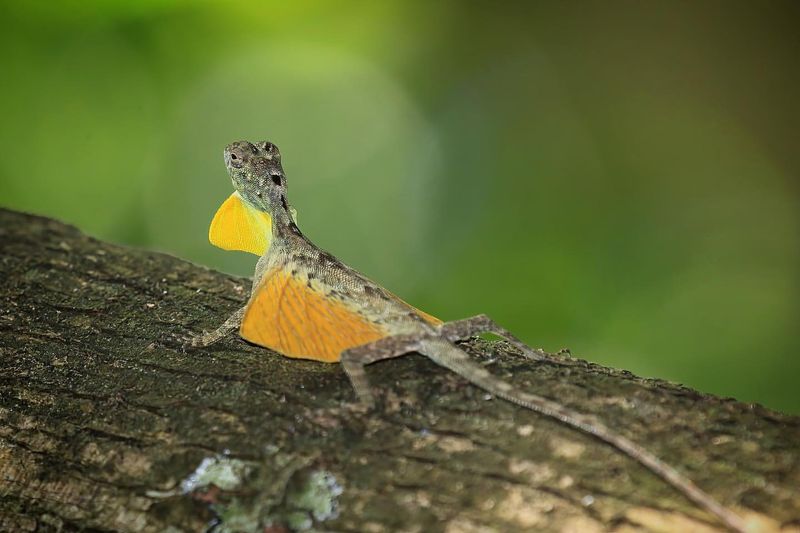
The Draco Lizard, also known as the flying dragon, is a remarkable reptile found in Southeast Asia. With wing-like flaps of skin, these lizards can glide from tree to tree, avoiding predators and catching insects.
Their ability to glide is not only a means of escape but also a unique adaptation for exploring new territories. Draco Lizards contribute to controlling insect populations, playing a crucial role in their ecosystem.
Deforestation poses a significant threat to their survival. Conservation efforts aim to protect their habitats and promote sustainable forestry practices, ensuring these fascinating lizards continue to soar through the treetops.
23. Red Panda in Nepal
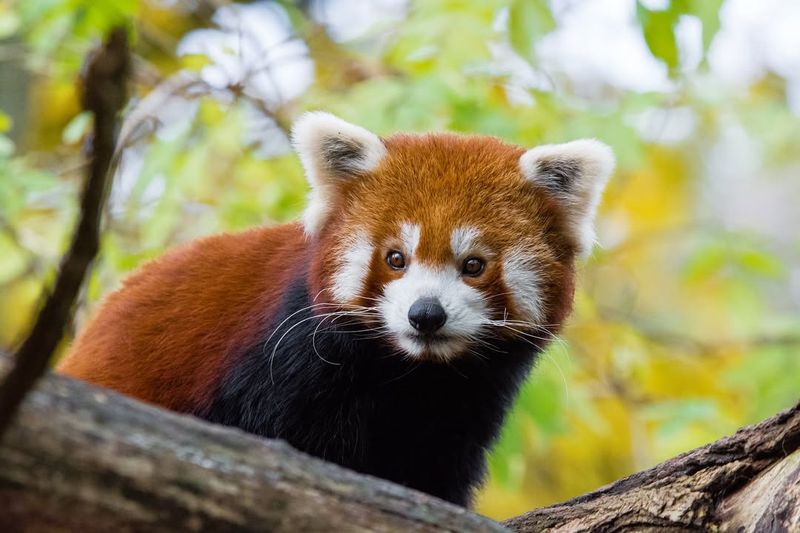
The Red Panda, native to the Himalayan forests of Nepal, is known for its striking reddish-brown fur and bushy tail. These arboreal creatures are adept climbers, spending most of their time in trees.
Red Pandas primarily feed on bamboo, but also eat fruits and insects, contributing to the ecological balance of their habitat. Despite their charming appearance, they face threats from habitat loss and poaching. Conservation initiatives focus on habitat preservation and anti-poaching measures.
Public awareness and community involvement are crucial, ensuring the Red Panda’s continued survival and its role in maintaining biodiversity.
24. Snow Leopard in the Himalayas
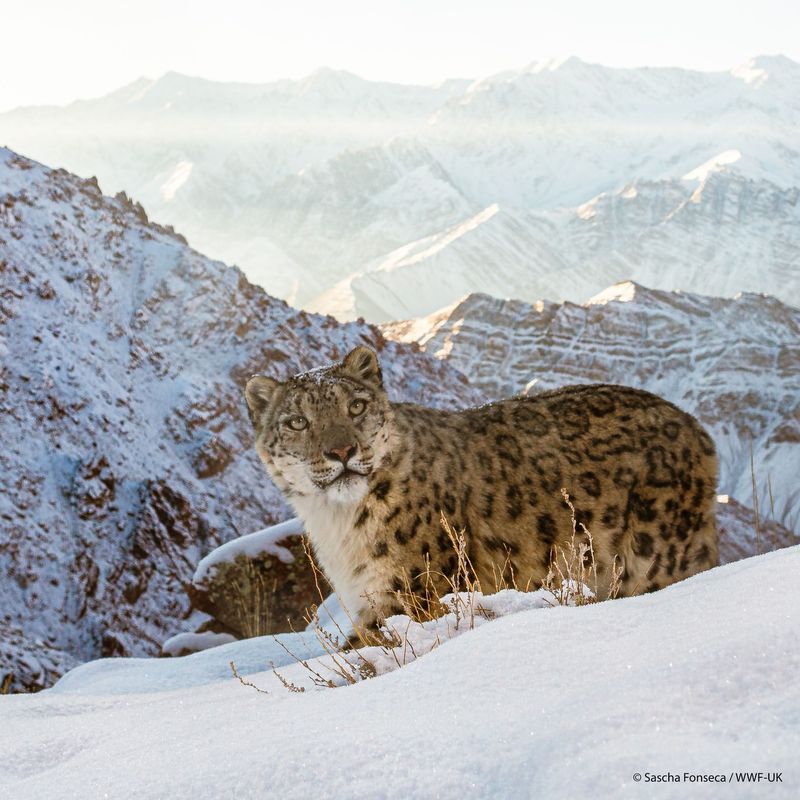
The Snow Leopard, known as the “ghost of the mountains,” inhabits the rugged terrains of the Himalayas. Its thick fur and long tail provide insulation against the harsh, cold environment. These elusive predators are solitary, hunting mountain goats and sheep, maintaining prey populations.
Snow Leopards are a keystone species, indicating the health of their ecosystem. Threatened by poaching and habitat fragmentation, Snow Leopards are the focus of intensive conservation efforts.
Initiatives include community-based programs and anti-poaching laws, ensuring these majestic cats continue to grace the Himalayan wilderness.
25. Galápagos Marine Iguana in Ecuador
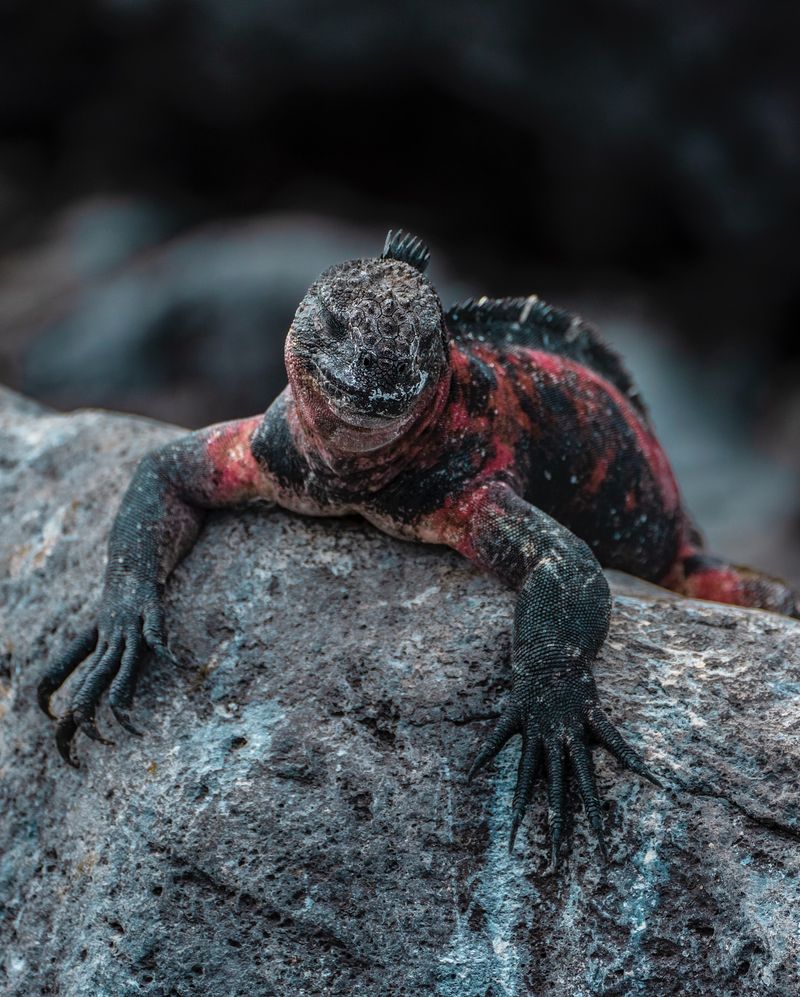
The Galápagos Marine Iguana, unique to the Galápagos Islands, is the only lizard adapted to marine life. These iguanas forage for algae underwater, using their flattened tails to swim efficiently.
Their ability to expel salt through nasal glands is an adaptation to their marine environment, allowing them to survive in harsh island conditions. Marine Iguanas play a vital role in regulating algal growth, contributing to the ecological balance of the islands.
Threats from climate change and human activity endanger their populations. Conservation efforts focus on protecting their habitat and mitigating human impact, ensuring these unique iguanas continue to thrive in their natural world.
26. Thorny Devil in Australia
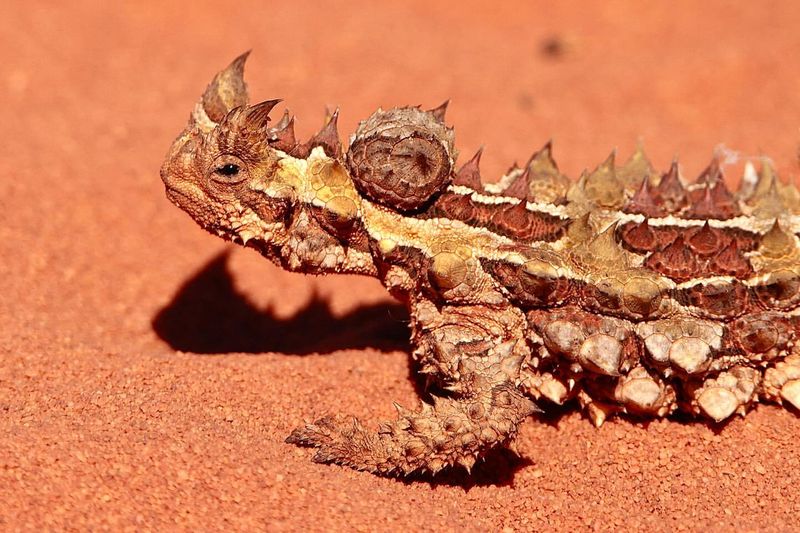
The Thorny Devil, a small lizard native to Australia’s desert regions, is renowned for its spiky skin and unique appearance. These spikes serve as a defense mechanism against predators and help in camouflaging with the desert landscape.
Thorny Devils feed primarily on ants, contributing to controlling insect populations. Their ability to collect water through capillary action in their skin is a remarkable adaptation to the arid environment. Habitat destruction and climate change pose threats to their survival.
Conservation efforts aim to protect their desert habitats and promote sustainable practices, ensuring these intriguing lizards continue to roam Australia’s wilderness.
27. Blue-footed Booby in the Galápagos Islands
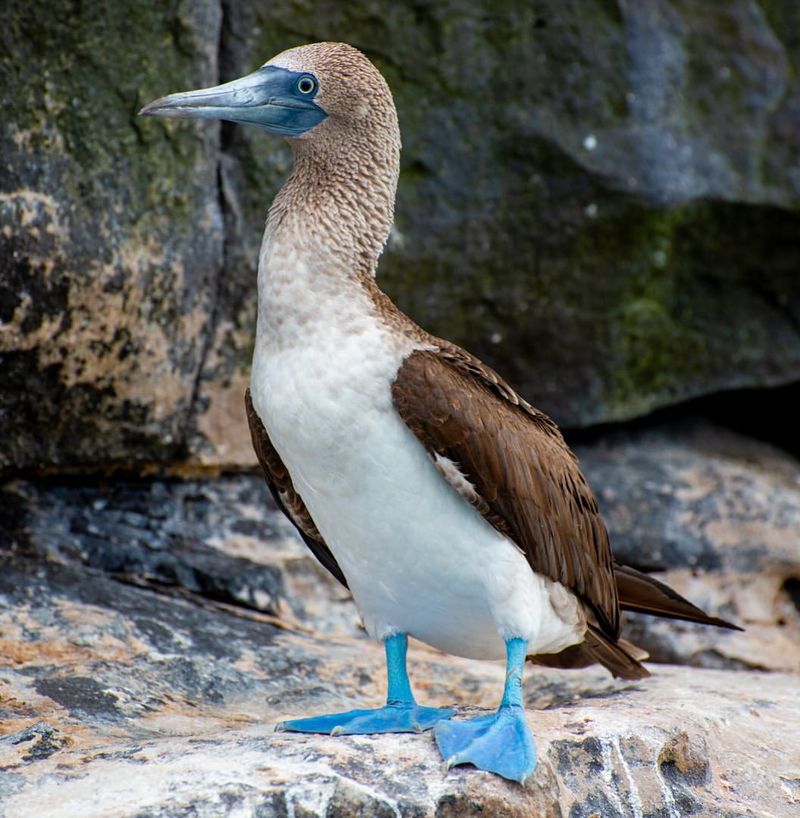
The Blue-footed Booby, native to the Galápagos Islands, is famous for its striking blue feet, which play a crucial role in mating rituals. These seabirds are excellent divers, plunging into the ocean to catch fish. Their vibrant feet are an indicator of health and vitality, influencing mate selection.
Blue-footed Boobies are social birds, often seen nesting and raising chicks in large colonies. Threats from overfishing and habitat disturbance affect their populations.
Conservation initiatives focus on marine protection and sustainable tourism, ensuring these charismatic birds continue to thrive in the Galápagos Islands.

